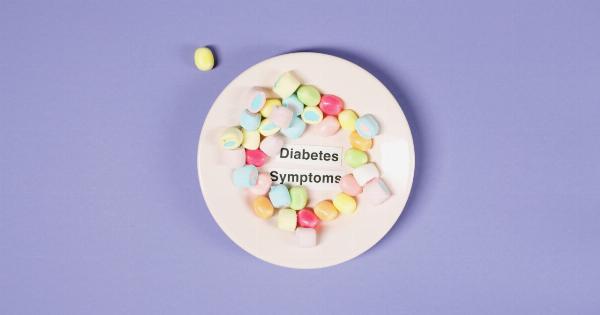Hypothyroidism is a condition where the thyroid gland is underactive, and it occurs when the gland doesn’t produce enough thyroid hormones. Thyroid hormones are responsible for regulating the body’s metabolism, which converts food into energy.
Today, the prevalence of hypothyroidism is increasing, especially among women. According to recent research, the risk of developing hypothyroidism doubles over time.
What Is Hypothyroidism?
The thyroid is a butterfly-shaped gland located at the base of your neck. It produces hormones that help regulate your body’s metabolism. When the thyroid doesn’t produce enough hormones, it leads to hypothyroidism. The symptoms of hypothyroidism include:.
- Tiredness and fatigue
- Dry skin
- Cold intolerance
- Weight gain
- Muscle weakness
- Depression
- Constipation
- Slow heart rate
- Heavy menstrual periods
- Difficulty in concentration
Causes of Hypothyroidism
Several factors can cause hypothyroidism, including:.
- Iodine deficiency
- Autoimmune disease
- Thyroid surgery
- Radiation therapy
- Pituitary gland damage
- Medications
- Viral infections
- Aging
Hypothyroidism and Aging
Age is one of the leading risk factors for hypothyroidism. As we age, our thyroid hormone production decreases, and we are more prone to hypothyroidism. Aging is a natural process, but there are other factors that can accelerate it.
Studies show that hypothyroidism can lead to premature aging of the skin and hair. It can also increase the risk of developing other age-related diseases, such as heart disease and dementia.
Prevalence of Hypothyroidism
The prevalence of hypothyroidism is increasing. According to the American Thyroid Association (ATA), approximately 20 million Americans have some form of thyroid disease. The majority of these cases are hypothyroidism.
Women are more likely to develop hypothyroidism than men. In fact, women are five to eight times more likely to have hypothyroidism than men.
Risk of Hypothyroidism
The risk of developing hypothyroidism doubles over time. Studies show that people over 60 years old are more likely to have subclinical hypothyroidism, a milder form of hypothyroidism.
Subclinical hypothyroidism is when the thyroid hormone levels are slightly low, but there are no visible symptoms. Although subclinical hypothyroidism doesn’t cause any noticeable symptoms, it can increase the risk of developing heart disease and depression.
Managing Hypothyroidism
Hypothyroidism is a chronic condition that requires lifelong treatment. The most common treatment for hypothyroidism is levothyroxine, a synthetic thyroid hormone. Levothyroxine is taken orally and helps to replace the missing thyroid hormones.
The dosage of levothyroxine depends on the individual’s age, weight, and severity of their hypothyroidism.
In addition to medication, there are other lifestyle changes that can help manage hypothyroidism. These include:.
- Eating a healthy and balanced diet
- Exercising regularly
- Getting enough sleep
- Managing stress
- Avoiding smoking and excessive alcohol consumption
Conclusion
Hypothyroidism is a common condition that affects millions of people worldwide. The risk of developing hypothyroidism increases over time, especially among women.
Aging is a natural process, but there are ways to delay the premature aging of the skin and hair. Managing hypothyroidism requires lifelong treatment and lifestyle changes. With proper treatment and management, people with hypothyroidism can lead normal and healthy lives.






























